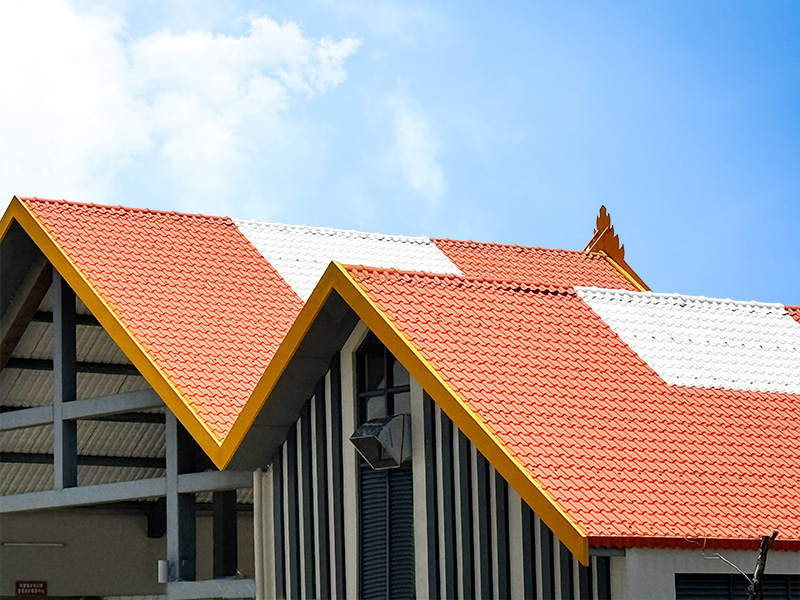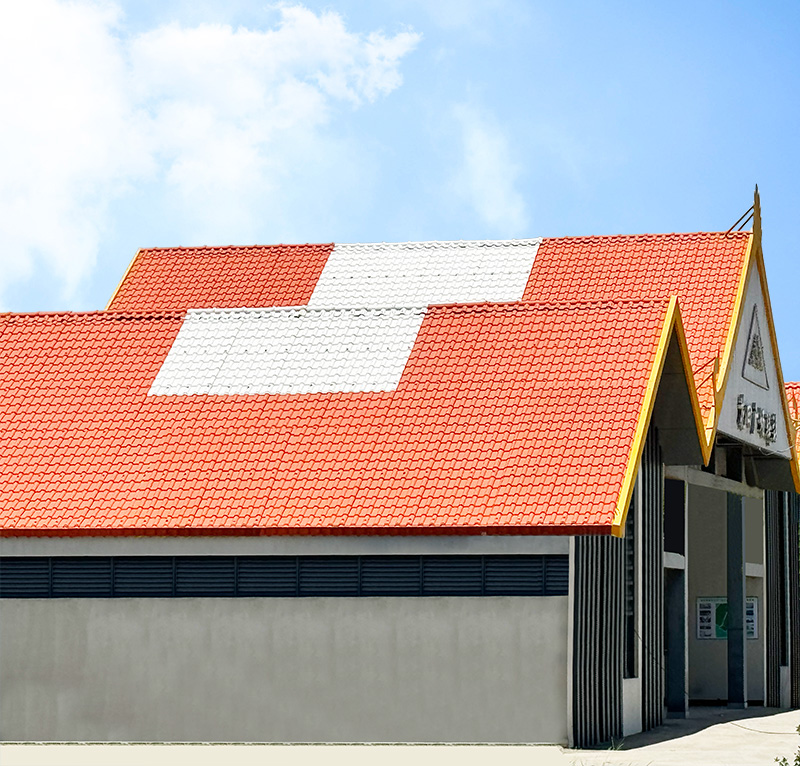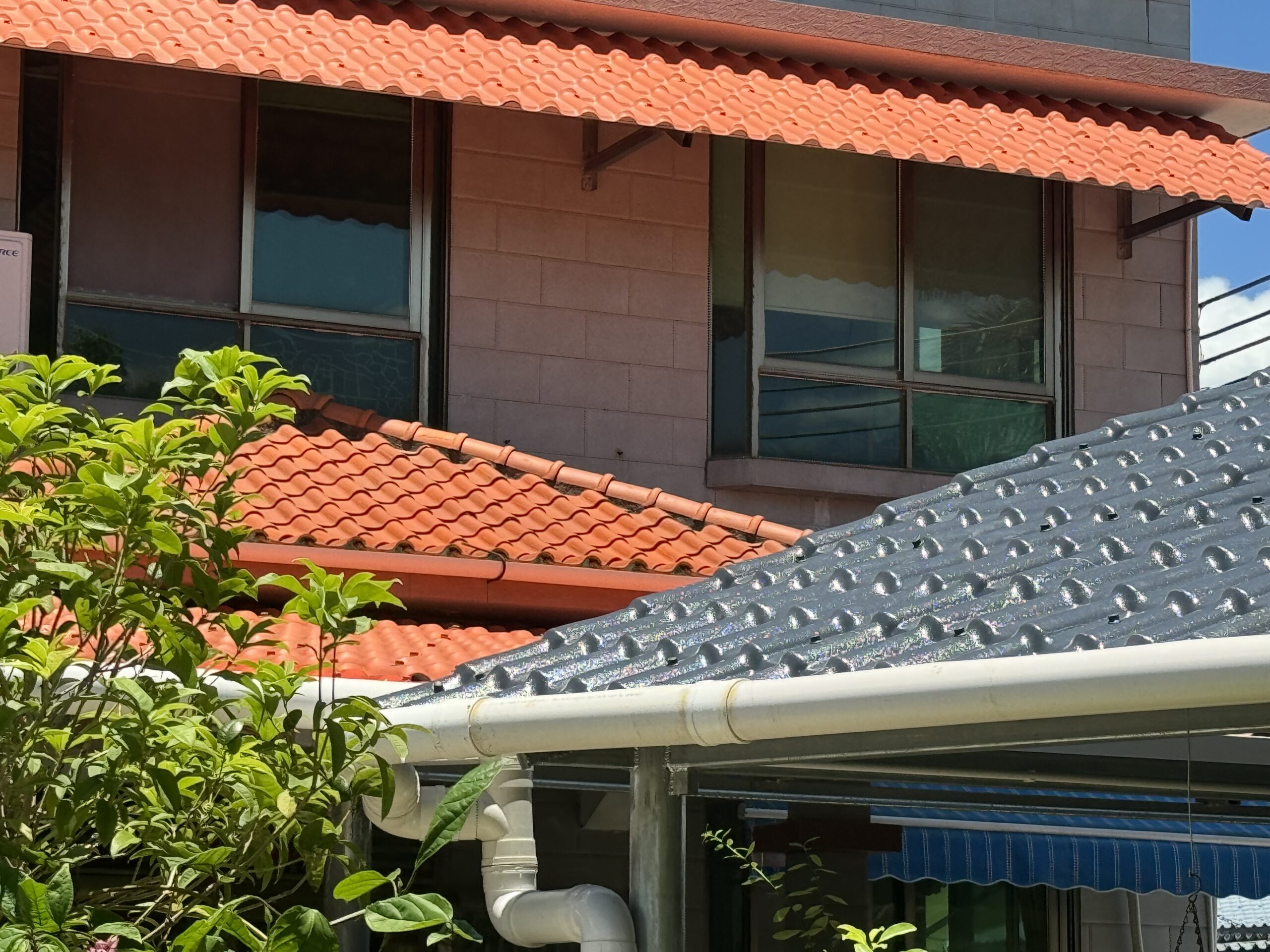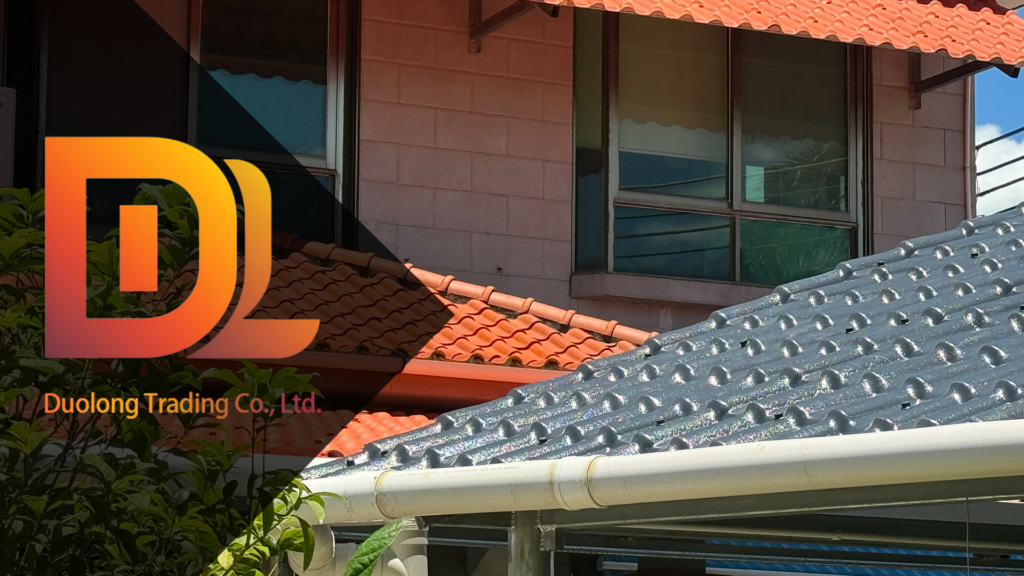Across Southeast Asia, government-led housing projects are reshaping the construction landscape. Initiatives such as Indonesia’s One Million Houses Program, Malaysia’s PR1MA scheme, and the Philippines’ nationwide socialized housing plans have collectively added millions of new homes over the past decade. For building material wholesalers, contractors, and government suppliers, these projects present both an opportunity and a challenge: the demand for large volumes of roofing materials that can deliver long-term performance in tropical conditions.
In public housing developments, roofing is more than an aesthetic design choice—it is a critical factor in safeguarding residents, reducing long-term maintenance costs, and meeting strict government building standards. As Southeast Asian governments continue to prioritize affordable and resilient housing, the selection of durable roofing solutions, such as ASA synthetic resin tiles, has become a strategic decision for suppliers aiming to win public sector contracts.
Demand Growth Drivers Behind Government Housing
The rapid expansion of government housing projects across ASEAN is fueled by a combination of demographic, economic, and environmental factors. Urbanization is advancing at unprecedented rates, with cities like Jakarta, Ho Chi Minh City, and Manila absorbing hundreds of thousands of new residents each year. This migration surge intensifies the demand for affordable housing, compelling governments to accelerate construction timelines and increase project scales.
Policy commitments also play a major role. Many ASEAN governments have set ambitious targets to reduce housing shortages, with budget allocations specifically earmarked for public housing development. Funding often comes from both national budgets and international development partnerships, ensuring sustained project pipelines.
Climate resilience is another critical driver. In tropical regions where heat, humidity, and monsoon rains are constant threats, roofing materials must meet strict performance criteria. This has pushed procurement agencies to favor durable, weather-resistant solutions that minimize repair costs over decades of use. For suppliers, this evolving demand landscape means that competitive bids increasingly hinge on offering roofing systems that combine longevity, cost efficiency, and environmental compliance.

Why Durable Roofing is Essential for Public Housing Projects
In large-scale public housing developments, the choice of roofing material has long-term financial and operational implications. While initial construction costs are always a concern, governments increasingly evaluate projects based on life cycle performance—how well the roof will protect residents, reduce maintenance needs, and comply with safety and environmental regulations over decades.
Durable roofing significantly lowers the total cost of ownership. A system with a 25–30 year lifespan reduces the frequency of repairs and replacements, saving millions in taxpayer-funded maintenance budgets. In tropical climates, where intense sunlight, heavy rains, and high humidity quickly degrade inferior materials, a robust roof is not just a cost-saving choice but a necessity for structural integrity and public safety.
Moreover, public housing projects are often designed to house large communities, meaning a single roofing failure could impact hundreds of families at once. Choosing weather-resistant, corrosion-proof, and low-maintenance materials not only extends the building’s service life but also minimizes disruption to residents. For procurement agencies, this reliability factor is becoming a decisive criterion in material selection, creating strong demand for solutions like ASA synthetic resin tiles that combine durability, performance, and aesthetic appeal.
ASA Synthetic ResinTiles: A Proven Solution for Government Projects
ASA synthetic resin tiles have emerged as a preferred roofing choice for public housing projects across tropical and coastal regions of Southeast Asia. Built with triple-layer co-extrusion technology, the outer ASA layer delivers exceptional UV resistance and long-term color retention, preventing fading even after years of direct sun exposure. Beneath it, the high-strength core provides structural stability, while the bottom layer enhances waterproofing and insulation performance.
One of the key advantages for government housing projects is installation efficiency. ASA tiles are lightweight—significantly reducing transportation costs and allowing faster installation without heavy lifting equipment. For contractors working on tight public sector deadlines, this means reduced labor hours and earlier project completion.
In addition, ASA tiles are corrosion-proof, impact-resistant, and immune to the damage caused by salt-laden air in coastal environments. This makes them particularly suitable for housing developments near the sea, where traditional clay, cement, or metal roofs often deteriorate quickly. Their low-maintenance nature aligns perfectly with government goals of minimizing long-term upkeep costs, ensuring that taxpayer funds are used efficiently.
With proven performance in diverse applications—from inland housing estates to coastal community projects—ASA synthetic resin tiles offer a balance of durability, cost-effectiveness, and aesthetic appeal that aligns with the stringent requirements of public housing authorities.

Case Studies: ASA Roofing in Action
In 2023, a coastal housing project in the central Philippines faced a critical challenge: selecting a roofing solution that could withstand year-round monsoon rains and salty sea air without incurring excessive maintenance costs. The contractor opted for ASA synthetic resin tiles due to their proven weather resistance and low upkeep requirements. After one year in operation, the project reported zero incidents of roof leakage, and visual inspections confirmed no fading or corrosion—contrasting sharply with nearby developments using metal sheet roofing, which showed rust spots within six months.
Another example comes from a low-cost housing program in West Java, Indonesia, where speed of construction was paramount to meet government deadlines. The lightweight nature of ASA tiles reduced average installation time per unit by 40%, enabling the contractor to complete 1,200 homes three weeks ahead of schedule. The project manager noted that the tiles’ ease of handling significantly lowered labor fatigue and improved safety during installation.
In Vietnam’s Mekong Delta, where high humidity and intense sun combine to degrade traditional roofing quickly, a public school renovation project adopted ASA tiles for their classrooms. Three years later, the tiles maintained their vibrant color and structural integrity, avoiding the repainting and repair costs that the school previously faced every 18 months.
These case studies highlight ASA synthetic resin tiles’ ability to deliver consistent performance across diverse climates and project types—making them a strategic choice for public housing authorities seeking long-term value.

Market Outlook: The Future of Durable Roofing in ASEAN Government Housing
The demand for durable roofing in ASEAN’s government housing sector is poised for steady growth over the next decade. According to regional construction forecasts, public housing initiatives in Indonesia, Vietnam, and the Philippines alone are projected to deliver over 6 million new housing units by 2030. This scale of development will translate into billions of dollars in procurement opportunities for roofing suppliers.
Policy direction further reinforces this momentum. ASEAN governments are increasingly aligning housing development with climate resilience and sustainability goals. Building codes are being updated to require higher wind resistance, improved thermal performance, and the use of non-toxic materials—criteria that align closely with the capabilities of ASA synthetic resin tiles.
From a commercial standpoint, suppliers who can demonstrate compliance with these evolving standards, while offering competitive pricing and reliable delivery, will be well-positioned to secure long-term contracts. The shift toward lightweight, low-maintenance, and eco-friendly roofing also opens opportunities for new partnerships between manufacturers and local contractors, ensuring smoother supply chains and faster project execution.
For international suppliers, entering the ASEAN public housing market now offers a chance to build credibility and relationships before competition intensifies. Those who invest early in market presence, technical certifications, and localized support will be best placed to capture the next wave of demand.
Positioning for the Next Wave of Roofing Demand
Government housing initiatives across ASEAN are not only transforming communities but also reshaping the construction materials market. As millions of new homes rise over the next decade, the demand for roofing solutions that combine durability, cost efficiency, and climate resilience will continue to grow.
For building material wholesalers, contractors, and government suppliers, ASA synthetic resin tiles present a strategic opportunity to meet these evolving requirements. Their proven long-term performance, low maintenance needs, and ability to withstand Southeast Asia’s challenging tropical conditions make them an ideal fit for public housing projects.
The next wave of government housing demand will favor suppliers who can deliver both technical compliance and operational reliability. Now is the time to secure partnerships, demonstrate product capabilities, and position your business as a trusted roofing solution provider for public sector developments. By aligning with experienced manufacturers and offering solutions tailored to government needs, you can capture a significant share of this expanding market.


